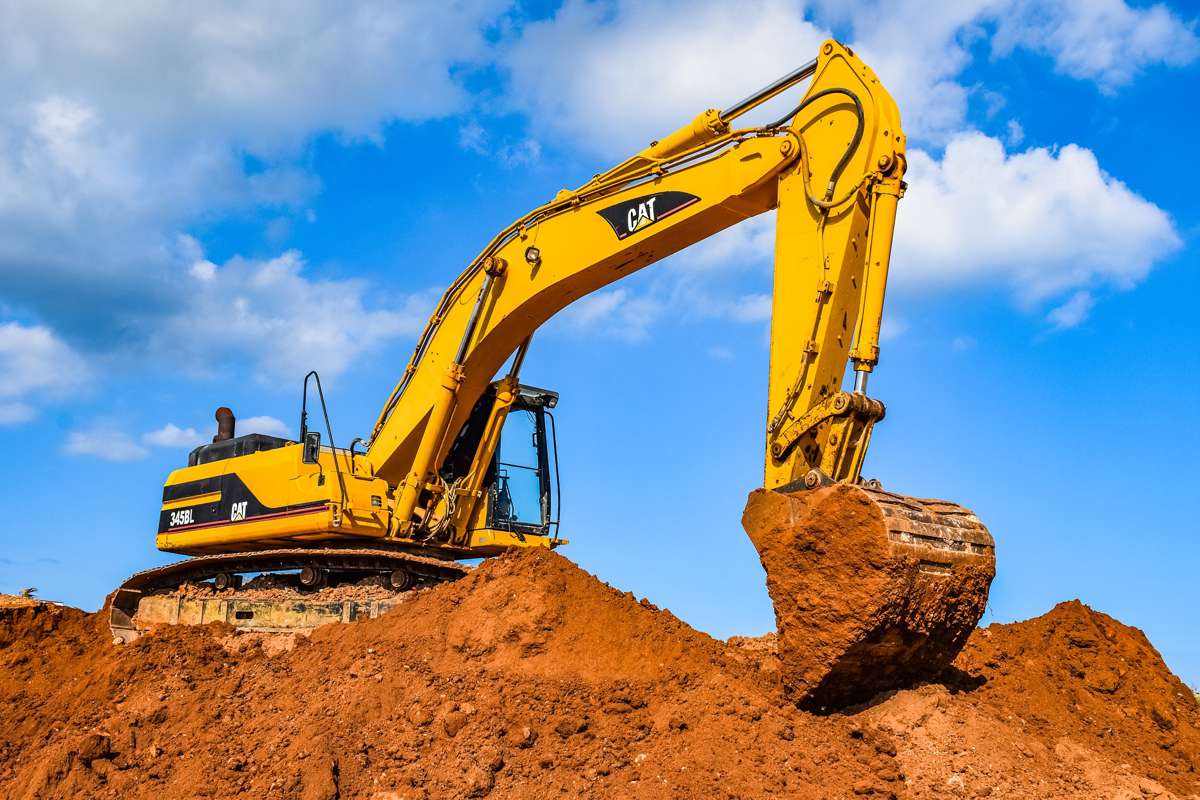The Heavy Equipment Industry can find Opportunity amidst modern challenges
The past couple of years have been challenging for the heavy equipment industry, but there are still reasons for optimism. The COVID-19 pandemic has caused a series of ongoing obstacles that are greatly impacting all corners of the construction world.
The heavy equipment industry has had to work through supply chain issues, staffing shortages, and evolving technology and regulations standards. These challenges present their own opportunities for growth and innovation, though.
Equipment and Materials Availability
One of the most persistent challenges the construction industry at large has been facing of late is the supply chain crisis. Construction equipment manufacturers are reporting the longest lead times seen in decades. The problem is not even contained in one section of the supply chain. Manufacturers are struggling to get the materials they need from backed-up suppliers and shipping times and prices are soaring to record highs.
The heavy equipment industry itself is struggling to meet demand from construction companies. Both used and new equipment is in increasingly high demand. This is not likely to go down over the months and years ahead, with factors such as the housing market driving demand for construction equipment.
So, what can those in heavy equipment as well as construction do about the situation? Supply and demand make the situation highly beneficial for those selling equipment, since prices are going up amidst the shortage. Construction companies need to plan well ahead of time for equipment they might need, anticipating delays in delivery. Heavy equipment suppliers and rental companies should focus on streamlining the maintenance process for equipment between projects. Even saving a day or two can get one piece of equipment out to more projects. In the long run, adapting to these challenges could improve logistics and planning strategies.
Shifting Technology
Many companies around the construction world are finding themselves on the brink of a technological revolution. In recent years, heavy equipment has experienced numerous incredible advancements, from new sensor technology to autonomous construction vehicles. Even drones are becoming an everyday asset around construction sites. While these innovations are exciting to say the least, some heavy equipment companies may find it challenging to keep up with new advancements.
On one hand, the supply chain crisis is actually helpful here. Since new equipment is taking much longer to arrive from manufacturers, there is less expectation for heavy equipment suppliers and rental companies to have the latest vehicles. The current supply chain situation allows heavy equipment companies some breathing room to develop and adapt vehicles with new advancements in mind.
There are also ways of adding new features to old equipment. For example, Internet of Things (IoT) sensors can be added to existing equipment to measure and track things like fuel consumption or downtime. Adding third-party or aftermarket tech to older equipment can save money while giving clients and customers the features they are looking for.
It may even be worth asking clients and customers what they’d like to see in next-gen heavy equipment. This can help identify features to try to add to older equipment as well as pinpoint key features to develop in new equipment.
Attracting New Hires
The entire construction industry has been grappling with staffing shortages for years now. The construction workforce is aging, with many workers nearing retirement. Fewer young people have been pursuing careers in construction and the skilled trades. This may be due to a growing lack of technical and shop classes in schools, where students are increasingly being pushed toward college.
New Hope for the Labor Shortage
There is a great opportunity emerging for industry leaders to turn this trend around. In fact, it may be the best hiring opportunity construction has seen in decades: Gen-Z. Born between roughly 1996 and 2010, this generation is beginning to enter the workforce.
Interestingly, studies have shown that these “Zoomers” are becoming more skeptical about the value of an expensive college education, preferring “real life experiences.” This suggests they are more likely than Millennials to consider a career they can begin right out of high school, such as a position in the skilled trades. Careers such as equipment mechanics and technicians could be perfect for Zoomers. These positions are available with only a high school diploma and offer technical, engaging work experience.
For the heavy equipment industry, this is fantastic news. Gen-Z is the most open-minded and diverse generation in history. This generation grew up with the internet and smartphones, so technology is intuitive to them. As a result, Gen-Z employees could be a highly valuable asset as the construction industry becomes more technologically advanced.
Hiring Gen-Z Employees
Attracting Zoomers to careers in heavy equipment and construction-related fields will require an intentional effort. Surveys have found that Gen-Z’s top concern is climate change. In fact, sustainability is so important to them that they are beginning to choose careers solely based on combating climate change. Industry leaders will need to show these young people that the construction industry is becoming increasingly environmentally-conscious. Providing competitive pay and thorough on-the-job training opportunities will also help attract Gen-Z students.
Heavy equipment industry leaders may also consider reaching out to nearby high schools to offer presentations or training for students. Many young people don’t pursue careers in construction or the skilled trades simply because they aren’t aware that they may be a good fit for these engaging fields. A fun introduction to the industry at a local high school or technical school could make a big difference, as young people currently working in the industry have attested to.
Improving Sustainability
Sustainability has come to the forefront of public concern over the past couple of years. The heavy equipment industry must improve its environmental impact, for hiring as well as consumers and government regulations. Luckily, this can be a great opportunity to save money and improve efficiency.
Forces Behind Sustainability Initiatives
In 2021, Congress passed the $1.2 trillion bipartisan infrastructure bill, which has sparked optimism in construction. The bill will bring a steady flow of new construction projects over the coming years. However, the Biden administration has also made it clear that sustainability is a priority, as well. The infrastructure bill includes initiatives for clean energy and reducing emissions as well as support for green vehicles.
Experts within the heavy equipment industry have pointed out the growing impact of environmental regulations, which are increasing in popularity. Even beyond regulations, the court of public opinion is overwhelmingly calling for greater sustainability across all industries. Construction has a role to play in fighting climate change.
Opportunities for Mutual Benefit
Improving sustainability in the heavy equipment industry can be an opportunity for innovation, with great potential for construction companies to save money and resources. For example, using fuel more efficiently and developing more fuel-efficient vehicles will save the equipment industry exponential amounts of money in fuel costs.
Switching to green fuel sources, such as green electricity or potentially even methane, could reduce costs even further. While this saves equipment and construction companies money, it also reduces the amount of emissions the industry produces. This helps the environment and will impress clients and stakeholders as well as consumers.
Similarly, sustainable sourcing of materials is worth pursuing, as well. The supply chain crisis, as mentioned above, has made production of new vehicles challenging, to say the least. Interestingly, many parts of the average car can be recycled for use in a new vehicle. The same mentality could be applied in heavy equipment. While construction equipment experiences much more intensive use, it is still possible that some materials could be recovered from old vehicles. This reduces the amount of waste going into landfills and scrapyards, and also reduces the amount of new materials that need to be purchased from suppliers.
Adapting and Advancing
The heavy equipment industry is certainly in the midst of some historic challenges. However, these obstacles can be valuable opportunities for growth and innovation. Learning to adapt to today’s challenges could leave the construction industry at large better equipped for the future.
With a new wave of young employees, more advanced equipment, and optimized resource usage, the heavy equipment industry of tomorrow will be more resilient, adaptable, and innovative.















